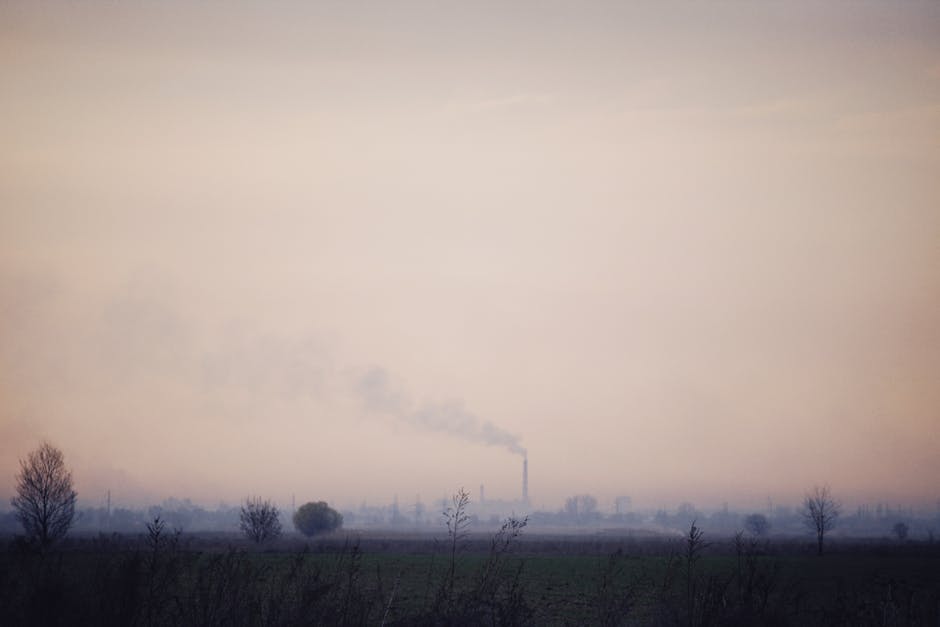Ballygunge’s Air Quality Crisis: AQI Reaches 180
The Air Quality Index (AQI) in Ballygunge, Kolkata, has surged to 180, marking it as “unhealthy” per CPCB standards. This spike poses serious health threats, especially to children, seniors, and those with respiratory illnesses. Here’s what you need to know.
AQI Breakdown: What Does 180 Mean?
The AQI tracks pollutants like PM2.5, PM10, NO₂, and CO. At 180:
– Health Impact: Prolonged exposure may cause breathing difficulties, coughing, and worsened heart/lung conditions.
– Risk Groups: Sensitive individuals should avoid outdoor exertion.
– Scale Context:
– 0–50 (Good): Safe.
– 51–100 (Moderate): Mild risk.
– 101–150 (Unhealthy for sensitive groups): Caution advised.
– 151–200 (Unhealthy): Everyone affected.
4 Key Causes of Poor Air Quality in Ballygunge
- Traffic Pollution: Peak-hour congestion emits NO₂ and PM2.5.
- Construction Dust: Uncontrolled PM10 from ongoing projects.
- Weather Trapping Pollutants: Low wind and high humidity worsen stagnation.
- Local Emissions: Industrial waste and open burning add toxins.
Health Risks of AQI 180
- Immediate: Eye irritation, fatigue, shortness of breath.
- Long-term: Asthma, lung damage, cardiovascular diseases.
5 Ways to Stay Safe
- Mask Up: Use N95/KN95 masks outdoors.
- Reduce Outdoor Time: Avoid mornings/evenings when AQI peaks.
- Purify Indoor Air: Run HEPA air purifiers.
- Hydrate: Flush toxins with water.
- Check Real-Time AQI: Use SAFAR or CPCB apps.
Long-Term Solutions Needed
- Stricter vehicle emission checks.
- Dust screens at construction sites.
- Expand green spaces to absorb pollutants.
Bottom Line: Ballygunge’s air quality demands urgent action. Protect now, advocate for systemic change—clean air is a right, not a privilege.
Source: CPCB, SAFAR-Kolkata




